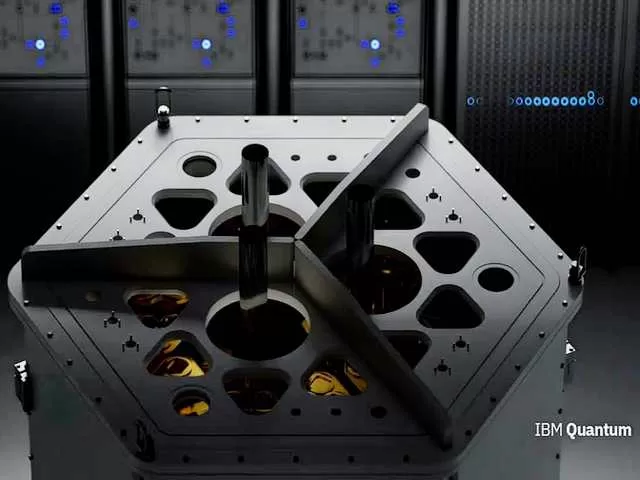Unlocking New Frontiers in Computing
In the ever-evolving landscape of technology, quantum computing stands as a beacon of promise. Imagine a world where complex problems that currently take the most powerful supercomputers several years to solve could potentially be cracked in mere seconds. This is the realm of quantum supercomputers—a domain where classical bits yield to quantum bits (qubits), and the rules of computation are rewritten.
The Quantum Roadmap
Let’s delve into the quantum roadmap, a journey that promises to reshape our understanding of computation:
- 2023: Parallelization of Quantum Workflows
- Introducing parallelization in Qiskit Primitives.
- Improving the quality and speed of quantum circuits.
- Enabling 5,000 gates with parametric circuits.
- 2025: Quantum-Centric Supercomputing Emerges
- Enhancing quantum circuit quality for 7,500 gates.
- Bringing together modular processors, middleware, and quantum communication.
- Demonstrating the first quantum-centric supercomputer.
- 2027: Scaling Quantum Computing
- Expanding qubits, electronics, infrastructure, and software.
- Reducing footprint, cost, and energy usage.
- Quantum systems capable of running 100 million gates.
- 2029: Error-Corrected Systems
- Delivering fully error-corrected quantum systems.
- Paving the way for robust computations.
- 2030+ and Beyond: Quantum-Centric Supercomputers
- Thousands of qubits running 1 billion gates.
- Unleashing the full power of quantum computing.
Why It Matters
- Near-Term Algorithms: Efficient parallelization between quantum processing units (QPUs) and classical resources.
- Quality and Speed: Qiskit Primitives with error mitigation for optimal quantum hardware utilization.
- Abstraction: Moving from quantum circuits to quantum functions.
- Scaled Quantum Systems: Larger computations and high-rate error correction.
- General Applications: Security, chemistry, machine learning, and optimization.
Enabling Technologies
- Middleware: Automatic task distribution.
- Serverless Tools: Focus on code, not infrastructure.
- Qiskit Runtime: Expanded classical resources for faster compilation.
- Error Mitigation: Reducing noise effects.
- Transpiler Services: Optimally rewriting circuits using AI.
- Watson Code Assistant: Simplifying Qiskit programming.
In conclusion, quantum supercomputers are not just theoretical constructs—they are rapidly becoming a reality. As we stand on the precipice of this quantum revolution, we anticipate breakthroughs that will shape our world in ways we can scarcely imagine. From climate change modeling to food security solutions, quantum computing holds the key to solving existential challenges. Buckle up, because the future is quantum!
Disclaimer: The information provided in this article is based on current research and projections. Quantum computing is a rapidly evolving field, and developments may occur beyond the scope of this article..

